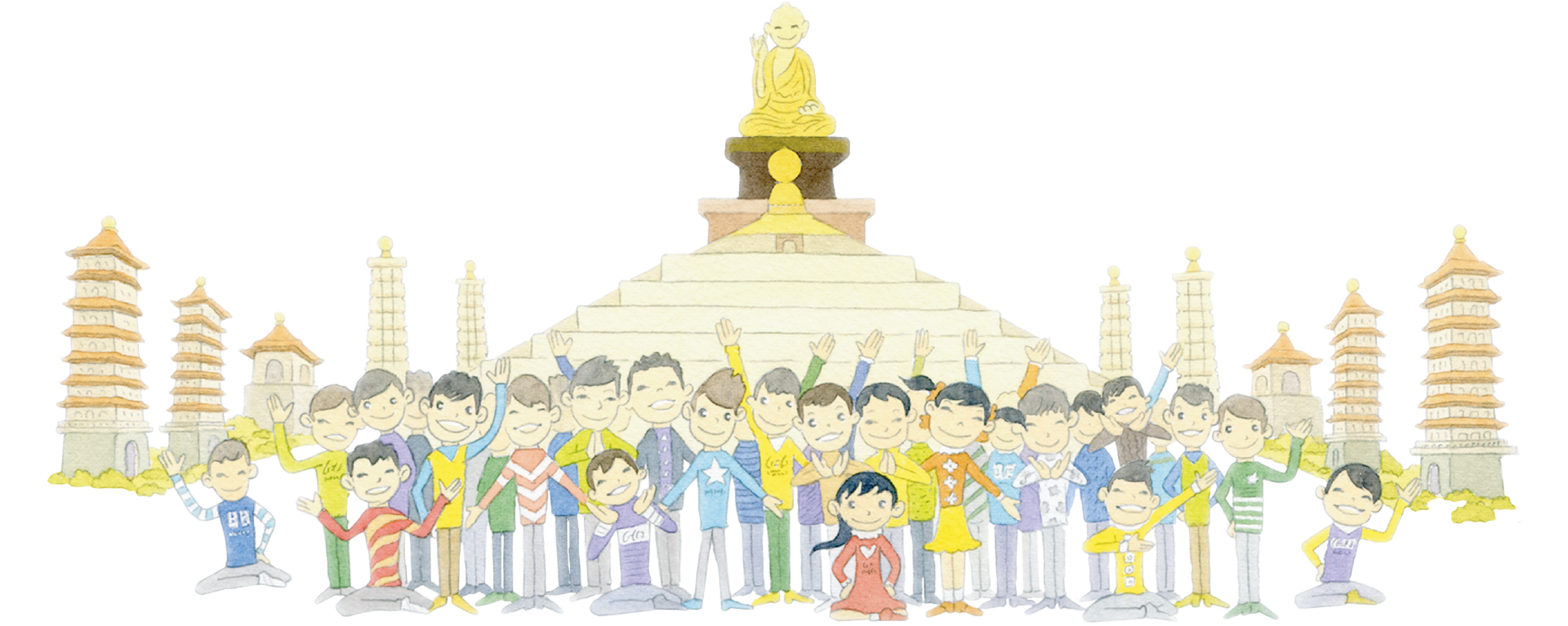



 The Earth, Ours to Care
The Earth, Ours to Care Highlights
Highlights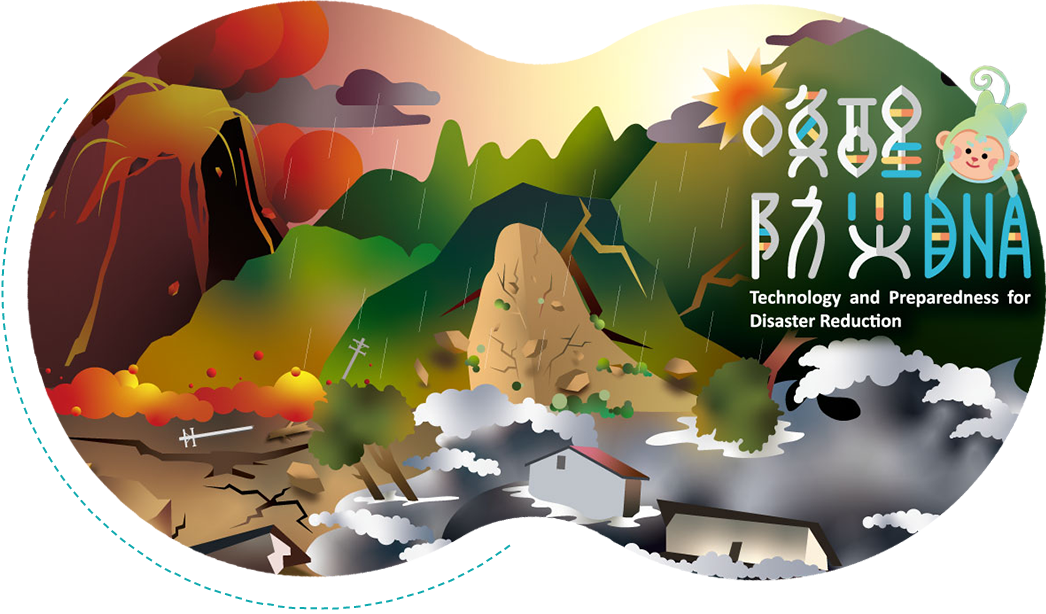
In this day and age, where science and technology play such a prominent role, knowledge hereof has become an essential part of learning, that contribute to a child’s growth process and educational field trip.
The Fo Guang Shan Buddha Museum, in collaboration with the National Science and Technology Museum, is proud to present “Technology and Preparedness for Disaster Reduction”. The aim of the exhibition is to help children develop a realistic understanding of natural disasters and teach them how to prepare and respond in case disaster strikes, thereby reducing its impact.
 Exhibitions
ExhibitionsTogether, we presented the exhibition called, “Encounter, Refine and Represent” in 2016, as well as the “Intangible Cultural Heritage – Din Tao Performance” in 2019. This year, 2020, from July 22nd till November 29th, renowned curator Prof. Chuang Po-He will present “The National Treasures – A Close Look At Taiwan’s Traditional Crafts”. A total of 157 artworks created by 45 artists, 15 of whom are national treasure craftsmen, will be on display.
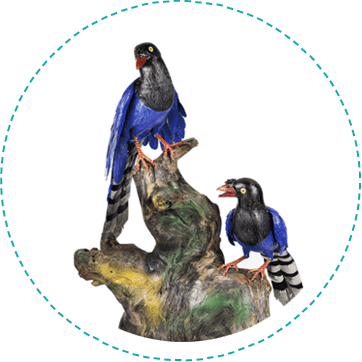
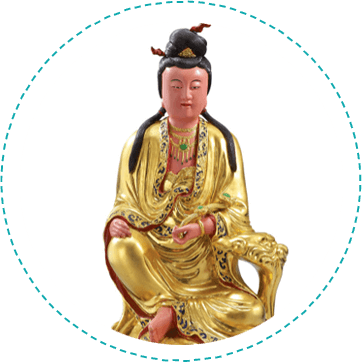
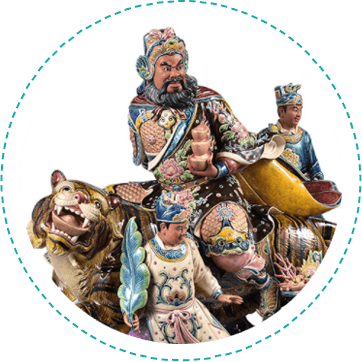
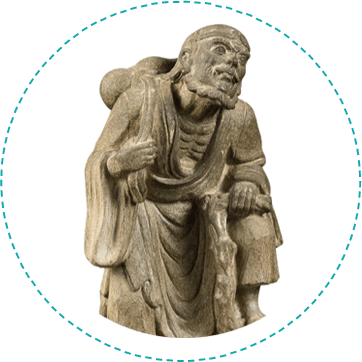
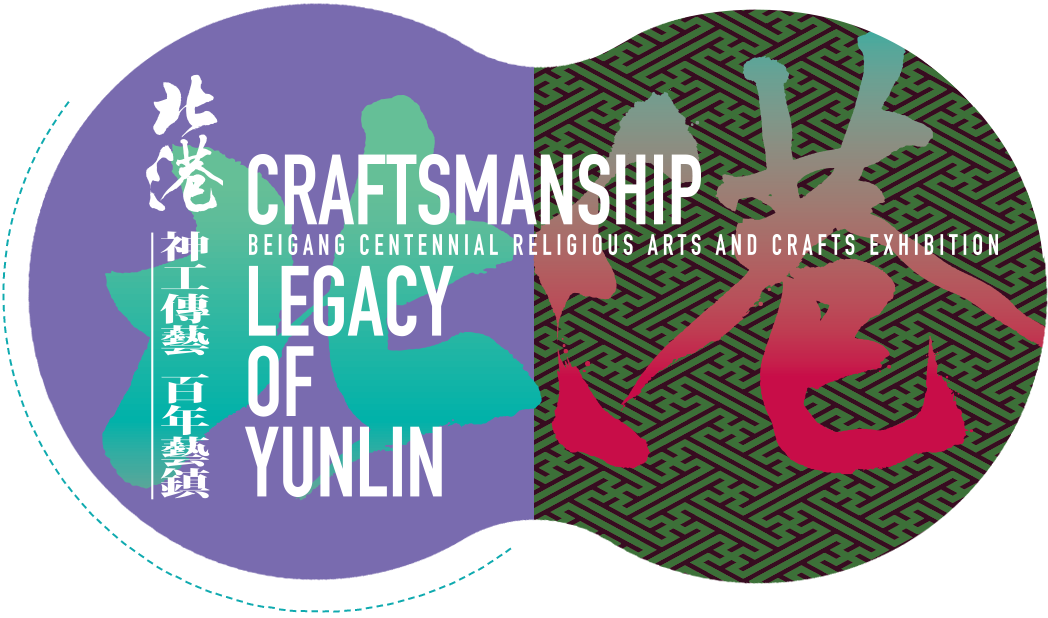
The aim of this exhibition is to portray the unique religious culture of Yunlin. Showcasing how aesthetic value can be added to traditional crafts, we seek to inspire individual experiences for each of our visitors. This particular year seems to be an appropriate time to present and promote the traditional craftsmanship. As this exhibit will last until December 27th, it will also coincide with our “Buddha Meets the Gods” event, that is held yearly on December 25th. Make sure not to miss out on this artistic -, humanistic -, cultural event!
 Hands-On
Hands-OnIn the presence of little tea masters and a thousand tea drinkers, accompanied by compassion, wishes, and joy, let’s make tea, serve tea and enjoy tea together.
Via the concentration of tea making and serving, Chan is intuitionally integrated into tea ceremony that keeps us remain our awareness and experience life Chan anytime and anywhere within our daily cultivation.
During the noble silence of tea ceremony, the novice tea masters’ mental and physical comportments are well trained as cultivating themselves to feel the movements of six senses in terms of keeping their awareness for life.


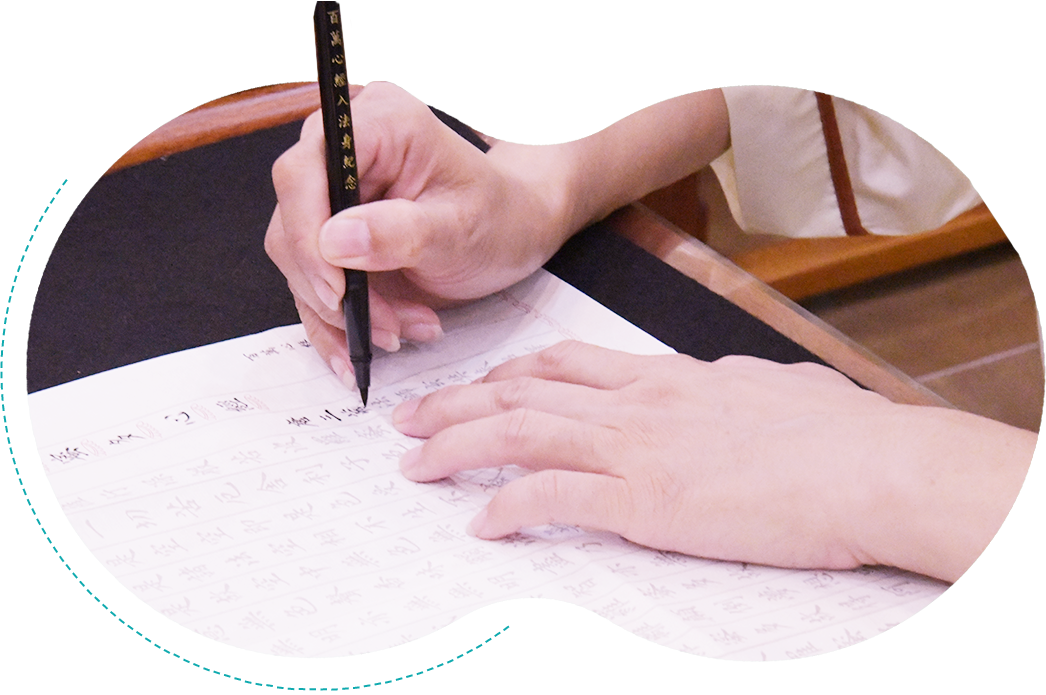
Sutra transcribing could be originated to contemplate one’s heart, and return the heart to where it should beong. In addition, it can help propagate dharma and develop affinities among people.
Medicine Buddha Sutra Solitaire: Each participant will transcribe a paragraph of the sutra and finally all the paragraphs will be collected and become a new “sutra,” which will be spread through the ages for better affinities.
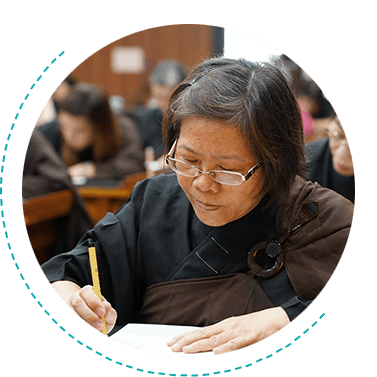
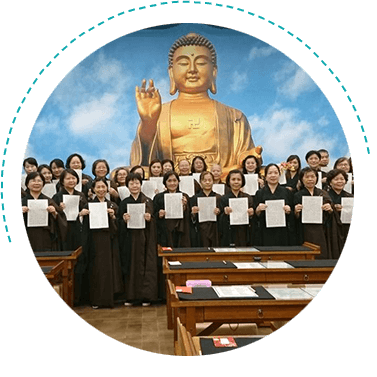
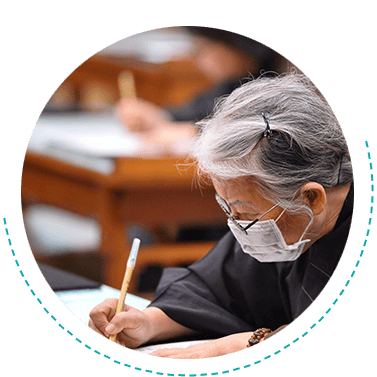
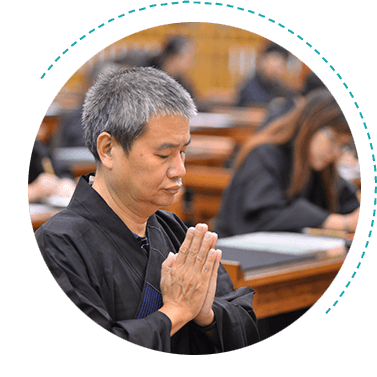
 Family
FamilyVisitors and students can enjoy magic shows performed by Uncle Seagull and storytelling sessions conducted by school principals that aims to inculcate interest in reading and inspire wisdom through interesting stories.


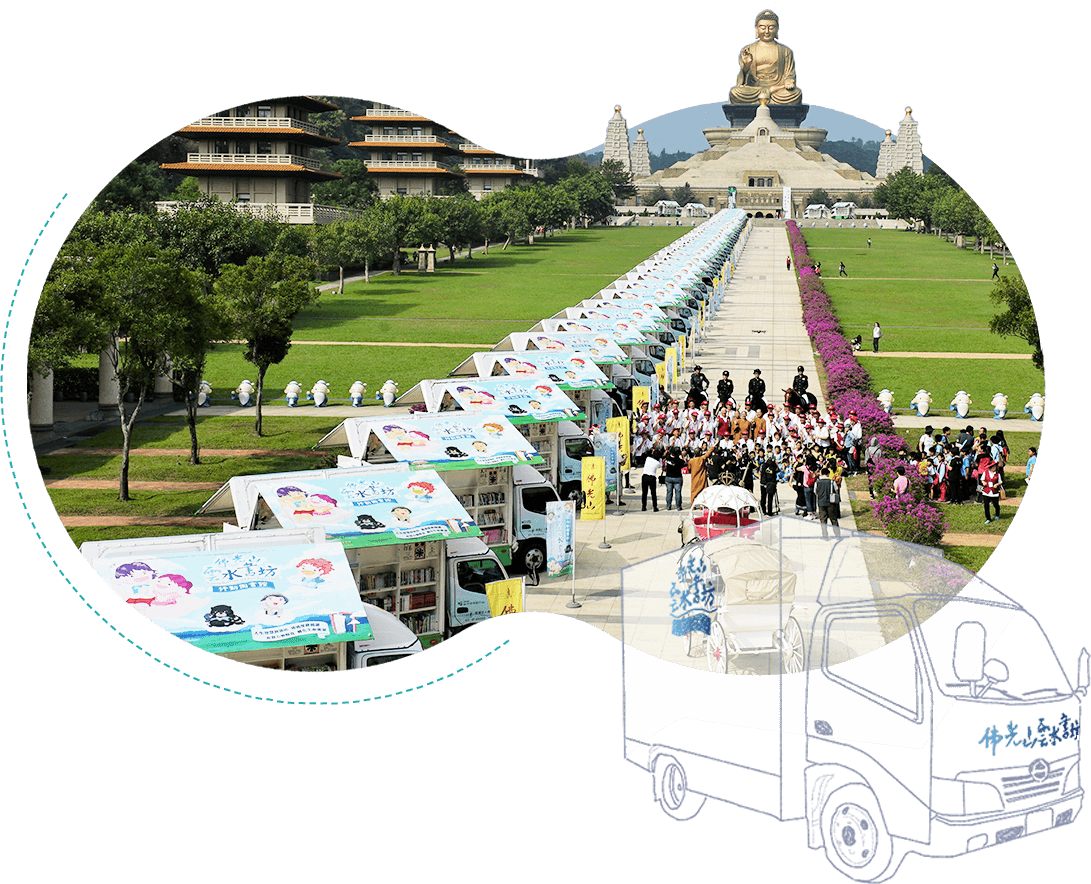
In order to foster talents through education, Cloud and Water Mobile Libraries were set up to nurture interests of general public, to encourage self-learning, and to make a positive change in life.
During the International Book Fair, all the 50 Cloud and Water Mobile Libraries across Taiwan are driven back to the Buddha Museum for a grand display.

Issues around children learning to read are rarely out of the news. Which is hardly surprising – becoming a successful reader is of paramount importance in improving a child’s life chances. Many children naturally enjoy reading and need little encouragement, but if they are struggling their confidence can quickly diminish – and with it their motivation. This sets in motion the destructive cycle whereby reading ability fails to improve. The practice originated in the US in 1999 with the Reading Education Assistance Dogs (READ) scheme and initiatives of this type now extend to a number of countries.
In 2019, the Buddha Museum collaborated with the National Pingtung University of Science and Technology in the activity “R.E.A.D.ing Life with Dogs” during the International Book Fair and Vegetarian Expo. This year, both parties are cooperating for a second time in “Singing, Chanting, and R.E.A.D.ing” on the 14th of November, 2021. It is hoped that through reading, children can develop affection for both reading and animals.
 Notes for Visitors
Notes for VisitorsSouthbound:
Nat’l Hwy1→
Nat’l Hwy 8(East bound)→
Nat’l Hwy 3 (North bound)→
Nat’l Hwy 10 (East bound)→
Qishan/Dashu Interchange (turn right)→
Provincial Hwy 21→
Fo Guang Shan Buddha Museum.
Northbound:
Nat’l→
Nat’l Hwy 10 (East bound)→
Qishan/Dashu Interchange (turn right)→
Provincial Hwy 21→
Fo Guang Shan Buddha Museum.
1 From the bus station in front of Kaohsiung Railway Station, take the direct Kaohsiung Bus 8010 (8010高雄客運) (12 NT)
2 From Zuoying High Speed Railway Station, take EdaBus 8501 (8501義大客運) (70 NT) Bus Schedule
3 From Fengshan Train Station, take Dashu Bus (大樹祈福線) (30 NT) Bus Schedule
4 From Zuoying High Speed Railway Station, take Harvard Express (哈佛快線) (70 NT / 50 NT on Tue and Thu). Check timings online Bus Schedule Route Map
